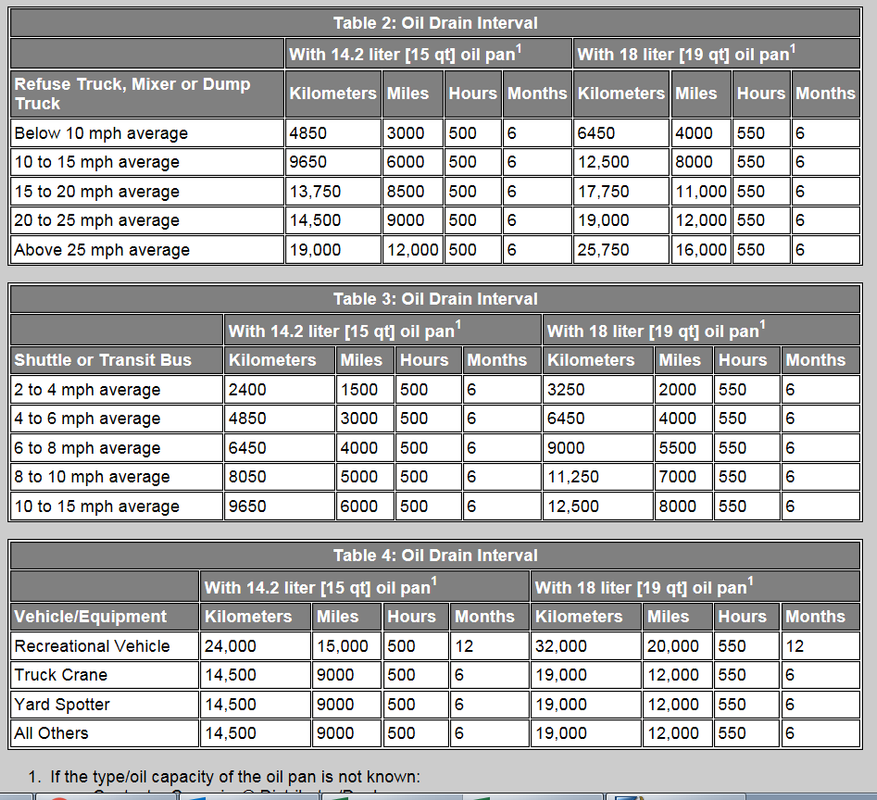RoyJ wrote:
An RV, fire apparatus, box van, small city bus (where ISBs are used), are all "MD" trucks. Yet I clearly showed the hp rating goes up when the expected service life goes down (Fire/RV), and vice versa (city bus running day in day out).
Where does it say that expected service life goes down in these engines as power goes up? You are making a theory based on assumptions.
The reason why the Fire and RV hp are generally higher is because their applications call for higher speeds than most box van, small city buses,and such that generally travel less than 25 mph on average. The power ratings is due to the vehicles and engine speed of the application being at its most efficient rpm for the load, not life expectancy.
RoyJ wrote:
Your original statement was once emissions certified, an engine's hp level has no correlation to expected service life. The power ratings I linked showed otherwise, despite identical emissions certification.
Nope, I stated that the difference in hp ratings is due to emissions, application, and cost. The only thing the link you posted showed are different power rating for different applications which is what I have been saying. Buses/shuttles that mainly do city driving under 25 mph are spec'ed with the lower power engines and the buses/shuttles that generally drive at higher speeds are spec'ed with higher power variants. I explained this earlier as did my links so I am not sure why it is so hard to understand.
Cummins also has different oil change intervals based on speed as well. The lower powered variants with used in vehicles with lower average speeds generally require a shorter mileage interval and higher power engines that are used for higher speeds have longer intervals.
This is what Cummins states on my dealer service portal on ISB oil change intervals based on speed of operation and pan size.

RoyJ wrote:
Cummins does not make a 200hp expecting you to "floor it all the time", then make a 300hp expecting you to 66% throttle it, then make a 400hp expecting you to use half the power.
Actually they do make a lower powered version expecting it to be closer to peak load more often in order for the emissions equipment to work properly. A higher powered engine is not under enough load to create the pressures and heat required for the particulate filters and catalysts. Adversely, the lower power engines will run too hot at too high of rpm in applications meant for higher power engines. The reason why you may have to put the foot to the floor all the time in certain vehicles is because the wrong power level was spec'ed for how the truck is being used or someone(a Ryder employee) gave you the wrong truck configuration for the job you need it for.
Also, under medium/heavy load, most ISB 6.7L are at peak efficiency with safe EGT's when rpm's are between 1,800-2,100 rpm. This is why Cummins has the Powerspec program to allow you to calculate the right power rating and gearing for your application to ensure you stay within these ranges especially for emissions equipped trucks. You can download the software and see for yourself if you don't believe me in the link below.
Cummins PowerSpecLet me guess. Now you are going to say Cummins is wrong about their own engines because it doesn't go along with your theories. Yes, you know more about these Cummins engines then even Cummins themselves.
